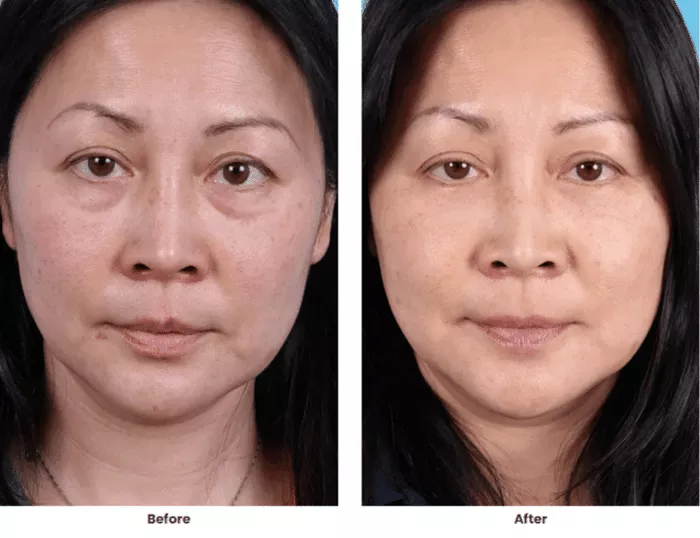Blepharoplasty, also known as eyelid surgery, is a cosmetic procedure that is designed to improve the appearance of the eyelids by removing excess skin and fat. While the procedure is generally safe and effective, proper healing is crucial to achieving optimal results. In this article, we will explore how to heal faster after blepharoplasty, including tips for reducing swelling and bruising, managing pain and discomfort, and ensuring proper wound care.
What is Blepharoplasty?
Blepharoplasty is a cosmetic procedure that is designed to improve the appearance of the eyelids by removing excess skin and fat. This procedure can help to reduce the appearance of sagging or drooping eyelids, improve vision, and create a more youthful and refreshed appearance.
The surgery involves making small incisions in the eyelids, removing excess skin and fat, and closing the incisions with sutures. The procedure is typically performed on an outpatient basis under local anesthesia.
Healing Process
The healing process after blepharoplasty can vary depending on the individual and the extent of the procedure. In general, however, most patients can expect some swelling and bruising around the eyes for the first week or so after the surgery.
To promote faster healing, it is important to follow your surgeon’s post-operative instructions carefully. This may include keeping the head elevated, avoiding strenuous activity, using cold compresses or eye drops to reduce swelling and discomfort, and taking any prescribed medications as directed.
Tips for Reducing Swelling and Bruising
Swelling and bruising are common after blepharoplasty, but there are several things you can do to help reduce their severity and duration. These include:
Using cold compresses or ice packs to reduce swelling and discomfort
Taking arnica supplements or using arnica cream to help reduce bruising
Avoiding alcohol and tobacco, which can increase swelling and slow healing
Eating a healthy diet rich in fruits and vegetables, which can help to promote healing and reduce inflammation
Managing Pain and Discomfort
Pain and discomfort are also common after blepharoplasty, but there are several ways to manage these symptoms. Your surgeon may prescribe pain medication to help manage pain, but you can also try the following:
Using over-the-counter pain relievers like acetaminophen or ibuprofen
Using cold compresses or ice packs to reduce swelling and discomfort
Resting and taking it easy for the first few days after the surgery
Avoiding strenuous activity and heavy lifting until cleared by your surgeon
Proper Wound Care
Proper wound care is crucial to ensuring proper healing after blepharoplasty. This may include:
Keeping the incisions clean and dry
Using antibiotic ointment or eye drops as directed by your surgeon
Avoiding rubbing or touching the eyes
Wearing sunglasses or other eye protection when outside
Following up with your surgeon for any necessary post-operative appointments
Conclusion
In conclusion, blepharoplasty is a cosmetic procedure that can help to improve the appearance of the eyelids by removing excess skin and fat. Proper healing is crucial to achieving optimal results, and there are several things you can do to promote faster healing after the surgery.
To reduce swelling and bruising, you can use cold compresses or ice packs, take arnica supplements, avoid alcohol and tobacco, and eat a healthy diet. To manage pain and discomfort, you can use over-the-counter pain relievers, rest, and avoid strenuous activity. Proper wound care is also crucial, and may include keeping the incisions clean and dry, using antibiotic ointment or eye drops, avoiding rubbing or touching the eyes, wearing eye protection, and following up with your surgeon for any necessary post-operative appointments.
With the right precautions and proper care, many patients are able to achieve a more youthful and refreshed appearance with blepharoplasty.


